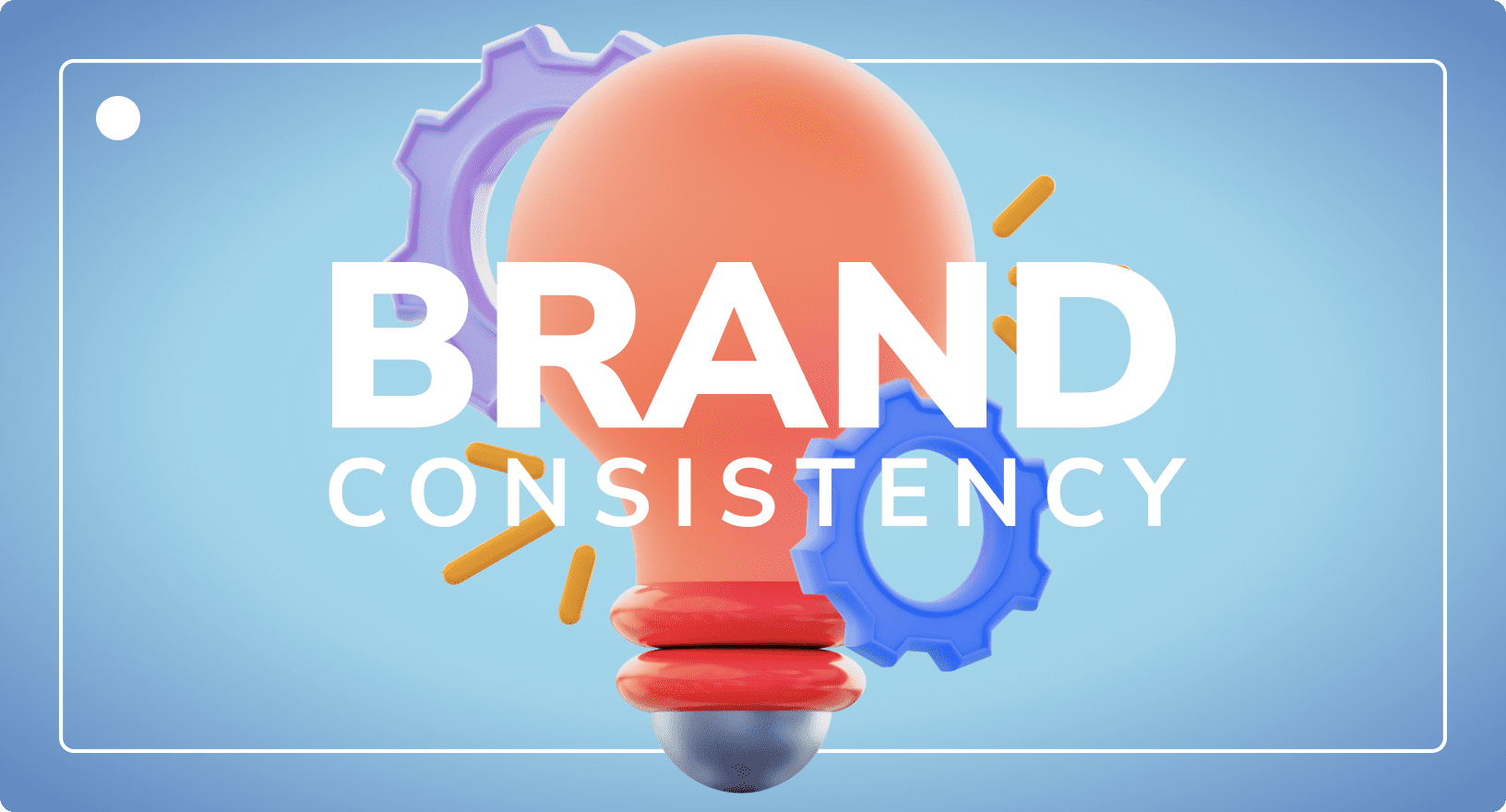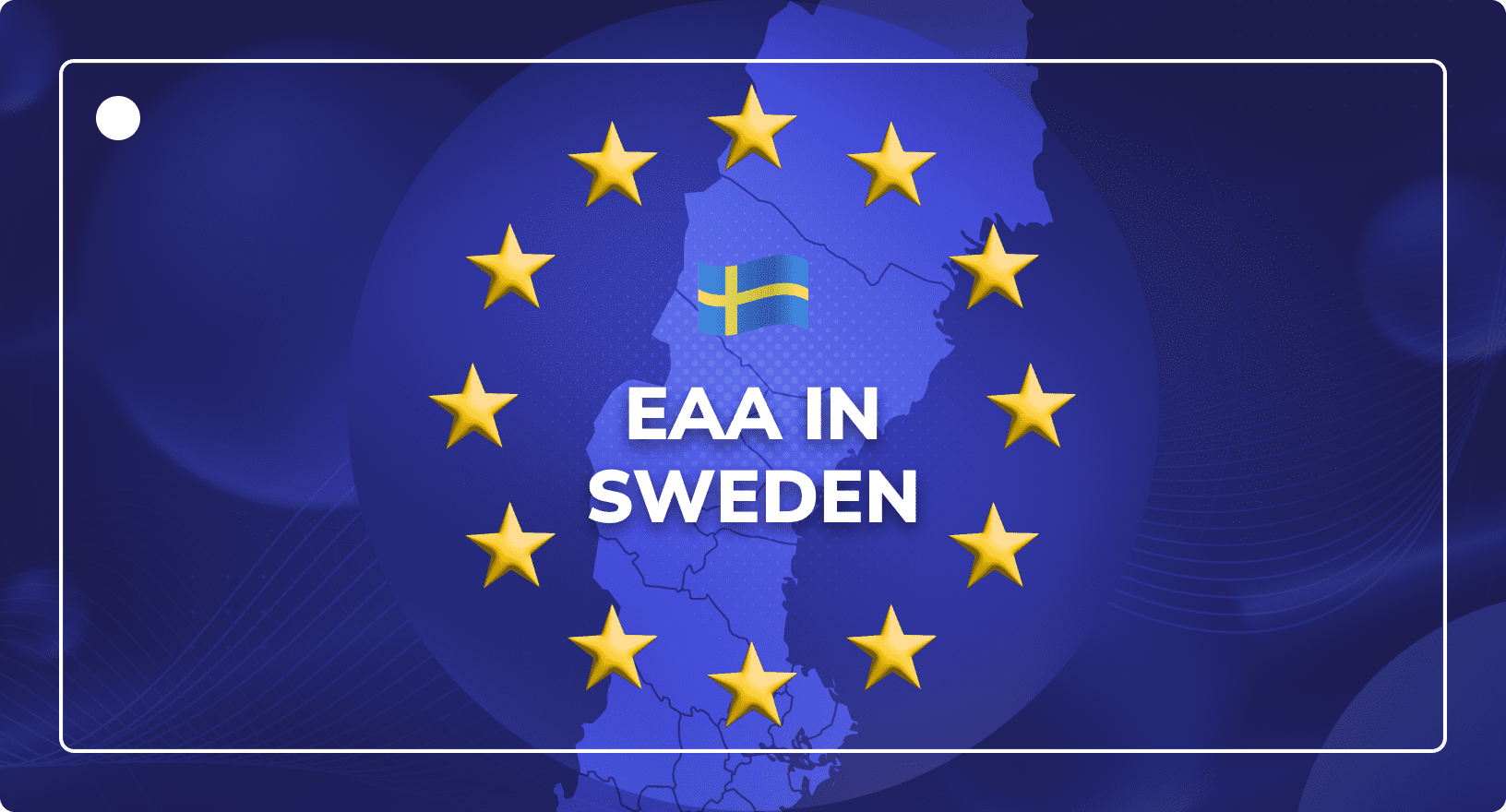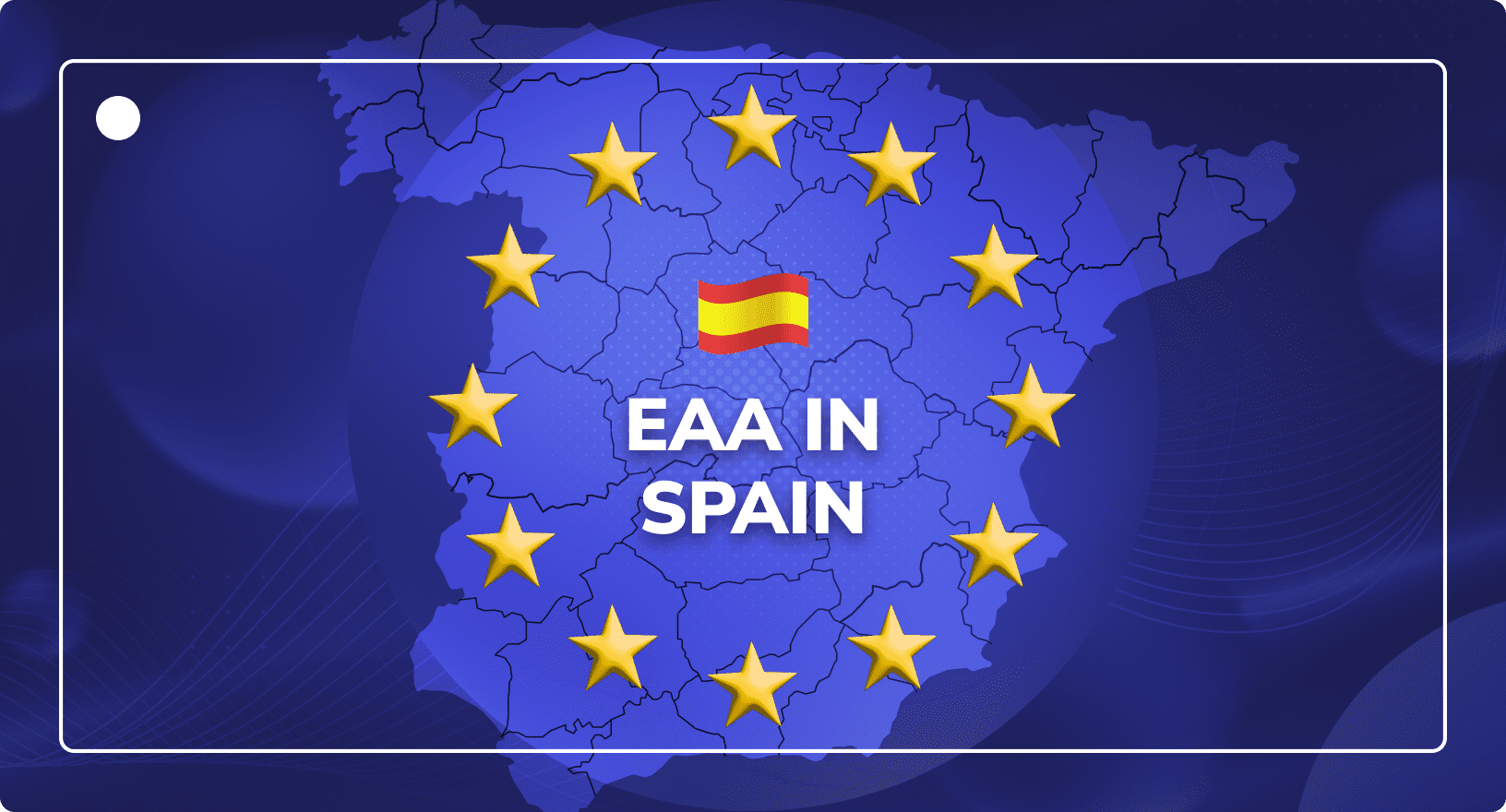The Secrets of Brand Consistency: What Top Brands Know That You Don’t
Industry Insights
Updated on November 13, 2025
Brand consistency used to be a design problem. For decades, it lived in brand books, color palettes, and tone-of-voice guidelines.
But in 2025, the real threat to consistency isn’t creativity. It’s operational chaos.
Today, a brand is only as consistent as the systems behind its product content: the platforms, workflows, and distribution engines that determine what customers see on hundreds of retailer product pages.
Most teams think inconsistent branding comes from someone ignoring the brand guidelines or misusing a logo. But anyone working inside a global organisation knows the truth: Brand inconsistency doesn’t start with design.
It starts with broken content operations.
What’s in the Article:
The operational bottlenecks causing inconsistent branding across retailers.
Common failures: wrong thumbnails, outdated videos, and uncontrolled asset variants.
Why manual updates and scattered storage systems make consistency impossible.
The four pillars of modern content operations used by top-performing brands.
How to automate distribution and ensure retailers always display the right assets.
In the age of AI, the problem isn’t creativity. Anyone can generate an image or video. It’s the lack of a unified system for managing brand assets, marketing materials, and visual elements across every partner, region and channel.
This alone destroys a consistent brand identity long before a retailer ever touches your content. You lose it because:
- Retailers upload the wrong marketing materials
- Old videos stay live for years
- Regional teams create duplicate brand assets
- Retailers crop thumbnails however they want
- You have no visibility into what’s actually live
- And every update requires chasing 20 to 80 partners manually
Consistency in brand assets and identity isn’t a creative issue. It’s not about tone of voice or color palette. It’s about infrastructure.
You lose brand consistency because your content supply chain is fragmented. And every major brand and retailer quietly hates this.
Which Retailers Could You Automate Tomorrow?
Map priority retailers in our network and see where you can automate content delivery.
What Do We Mean by Brand Consistency?
Brand consistency means delivering the same story, the same expectations, and the same experience everywhere customers encounter your products.
Done well, brand consistency ensures that every touchpoint, from PDPs to social media posts, reinforces the same brand voice, the same brand’s personality, and the same core values your organisation stands for.
In 2025, this depends far more on content logistics than design rules. The importance of brand consistency isn’t just aesthetic.
It’s about maintaining consistency between what your brand promises and what customers recognize on the digital shelf, across all your marketing channels and social media presence.
Why is Brand Consistency Important?
Customers compare dozens of similar products in seconds, across multiple markets, social media platforms and retailer sites. That’s why brand consistency is important for any company that sells through partners.
When your story changes from one retailer to another, potential customers hesitate. They don’t know which message to trust, which offer is real, or what to expect from your product. A fragmented product story erodes trust before a marketing campaign even begins.
If your product story isn’t consistent, trust collapses. And trust is the currency of the digital shelf. Inconsistent branding damages customer loyalty, reduces conversions, increases returns, and weakens retailer relationships, not because the logo changed, but because the product experience changed.
This makes brand consistency a revenue problem, not a compliance problem.
Why You Lose Brand Consistency Before Your Products Even Reach the Retailer
Inside global brands, the challenge is compounded by internal silos. Creative teams own the visuals, product teams own the specs, e-commerce owns the PDP, and regional teams own localisation, but no one owns the end-to-end product experience.
This disconnect turns simple updates into slow cross-department negotiations and makes it impossible to maintain a consistent brand image across marketing channels.
The organisation isn’t broken. The workflow is.
1. Assets Live Everywhere, But Also Nowhere
Ask any content manager at a global brand where their product videos or 3D models live and the answer is… chaotic:
- PIM
- DAM
- External drives
- Dropbox (we even made a whole list of Dropbox alternatives it’s so prevalent)
- WeTransfer
- Local desktops
- Agency portals
Half the time, teams aren’t even sure which version is correct. This alone destroys a consistent brand identity long before a retailer touches anything.
2. Retailer Updates Are Manual, Slow, and Painful
A typical global brand has 20, 50, 120, sometimes 300 retail partners across regions. And how do they update videos today?
They email a .zip file.
In 2025.
If you’re in a marketing team at a consumer brand, you’ve probably had this exact experience:
“Hey — your product video is outdated on Retailer X.”
“Hey — the blender demo isn’t the latest version.”
“Hey — why is the launch video from 2021 still online?”
And every fix requires the same brutal cycle:
- Find the right asset.
- Zip it.
- Email it.
- Hope someone updates it.
- Check manually.
- Repeat in every market.
By the time you’re done with this, it’s already time to move onto new products. No wonder maintaining brand consistency is impossible at scale.
3. Retailers Change Things Without Asking
This is the part brand managers whisper about over coffee:
- Retailers pick their own thumbnails
- They reorder your gallery
- They overwrite your brand messages
- They use screenshots instead of your visual elements
- They swap in agency-cut videos you’ve never seen
- They use outdated files because “that’s what we had on file”
- They crop or compress your assets until they look cheap
- Their CMS strips captions or formatting
And every time this happens, consumers experience a different brand image depending on where they shop. In the trust economy, that kills brand recognition, customer loyalty, and marketing efforts instantly.
Stop Sending Zip Files
Deliver product videos and 3D assets to all connected retailers with one upload.
4. No One Can See What’s Live Across All Your Marketing Channels
The most painful truth: global brands have no central dashboard showing what each retailer is displaying.
If you want to check how the new “Widget X” video is displayed across 68 retailers in Europe, someone has to:
- click into every product page
- check galleries
- manually screenshot differences
- file Jira tickets
- email the retailer
- wait days or weeks
- repeat next month
This is the biggest operational bottleneck in modern brand consistency. And nobody talks about it.
5. Variant Misery: Languages, Markets, Versions
Brands like Samsung don’t produce “a video.”
They produce:
- EN, DE, ES, IT, PL, NL, FR variants
- long and short versions
- subbed versions
- EAA-compliant versions
- retailer-specific versions
- launch vs evergreen versions
- seasonal versions
Keeping all of this aligned manually?
That’s how brand consistency across channels collapses in the real world. And when each team owns a different piece of the puzzle (creative owns the visuals, product owns the specs, e-commerce owns the PDP, regional teams own localisation) no one owns the end-to-end system.
Without the right systems, it becomes impossible to remain consistent across different platforms, and even harder to maintain a consistent brand presence as your content expands across regions, markets, and audiences.
This is how a brand with a world-class visual identity ends up with an inconsistent brand image across retailers, regions, and marketing channels. The organisation isn’t broken. The workflow is.
6. PIMs and DAMs Don’t Solve This Problem
Many brands mistakenly assume: “We have a PIM. We have a DAM. We have brand guidelines. We’re good.”
Nope.
PIMs and DAMs simply store assets. They do not:
- distribute them
- monitor them
- update retailers
- enforce usage
- ensure consistent branding
- replace outdated media
- deliver videos in retailer-compliant formats
- synchronise content across 50+ partners
So brands still rely on manual distribution and hope everyone uses the latest asset. Hope is not a brand strategy.
Building Brand Consistency Into Product Content Workflows
Here’s the truth brand teams crave but rarely get:
- You shouldn’t have to email retailers ever again.
- You shouldn’t have to check who is using which assets.
- You shouldn’t have to wonder what’s live.
- You shouldn’t have to chase updates.
You should be able to simply:
- upload once
- approve once
- and see it everywhere
That’s what a modern content operations framework looks like.
It’s not about making your guidelines stricter. It’s about giving teams the tools to Create, Manage, Distribute, and Analyse brand assets in a single, efficient system.
That’s how leading brands maintain brand consistency at scale.
Without spreadsheets, WeTransfer links, or chasing retailers.
Most brand consistency advice focuses on visual identity, tone of voice, or how to apply brand guidelines correctly.
Those things matter, but they don’t solve the challenges global brands face daily: inaccurate retailer pages, outdated videos, broken localisation workflows, and the lack of a unified system for managing brand assets across markets.
Real brand consistency isn’t created in a design file. It’s created in the processes behind how product content is produced, approved, stored, distributed, and monitored.
If your content operations are fragmented, your brand will be fragmented. If your operations are consistent, your brand becomes instantly recognisable across every marketing channel.
This requires a structured operating model. A model that aligns every team behind the same product story.
How To Build Brand Consistency Into Product Content Operations
1. Create: Produce Product Content That Matches Your Brand Promise
Even the strongest brand strategy collapses if the underlying content is inconsistent. During creation, brand teams need a workflow that ensures every piece of content reflects the same brand values, brand messaging, and visual elements.
These branding efforts are where you create brand consistency at the source. If your marketing assets and other marketing materials aren’t aligned here, no amount of downstream optimisation will keep your brand consistent across markets.
This means:
- defining clear brand guidelines for product videos, 3D models, and photography
- enforcing a consistent brand identity across regions and agencies
- using unified templates or brand materials for launch campaigns
- ensuring each asset supports the overall brand message
- aligning creative teams, product teams, and regional teams early
When creation is inconsistent, everything downstream becomes inconsistent. When creation is standardised, you build the foundation for a consistent brand experience everywhere your products appear.
2. Manage: Control Versions, Variants, and Brand Assets in One Place
This is where most organisations fall apart. Not because people are careless, but because content lives in too many systems. Without a single place to manage variations, maintaining brand consistency becomes impossible.
- Global brands need:
- one source of truth for all product content
- strict version control
- approved variants for different markets
- metadata, tags, and structure that keep teams on the same page
- governance rules that prevent teams from creating “off-book” assets
- clarity on which asset is the current asset
This creates operational control. It also ensures every marketing team and every region is working from the same brand’s identity, reducing inconsistent branding before it reaches retailers.
3. Distribute: Ensure Every Retailer Uses the Right Assets, Every Time
This is the most important step, and the most frequently overlooked.
Even if you create perfect assets and manage them flawlessly, you still lose brand consistency if you can’t ensure brand consistency across retailers.
Distribution is where global brands feel the most pain:
- outdated assets staying live
- missing videos on key retailer PDPs
- retailers cropping or compressing content
- localisation errors
- regional inconsistencies
- partners using retired brand elements
- slow update cycles
To maintain brand consistency across channels, distribution must be:
- automated retailer-wide
- instant
- enforceable
- connected to your core content system
This is the step where Samsung, Garmin, Bosch, Philips, and other enterprise brands are exploiting the biggest gaps over their competition today.
It’s also the step where the biggest gains in brand recognition and customer experience happen instantly when it works.
For many of the most successful brands, improving distribution has been the single most effective of their modern marketing strategies, because it turns a fragmented product story into instantly recognizable experiences for a clearly defined target audience and target market.
4. Analyse: Monitor What’s Live and Improve the Consistent Brand Experience
The last piece of brand consistency is visibility, something most brands lack entirely. You cannot improve what you cannot see, and today most global teams don’t actually know which retailers are using which asset versions.
This is also where teams can finally measure brand consistency in a meaningful way, by understanding how customers perceive your product story, identifying gaps, and strengthening the consistent customer experience that drives loyal customers and repeat business.
A modern operations framework includes:
- retailer-level visibility
- alerts when outdated content is detected
- comparisons of brand messages across partners
- analytics on which videos drive better customer experience
- oversight on localisation consistency
- quality checks across all your marketing channels
This is the first time brand teams can measure brand consistency, not guess. And when you can measure it, you can improve it. Which enables you to support brand consistency at scale.
Achieving Brand Consistency is About Fixing Infrastructure
When you put all four pillars together — Create, Manage, Distribute, Analyse — something powerful happens:
- teams work from unified brand guidelines
- brand assets stay consistent across regions
- retailers always receive the latest content
- outdated media disappears
- localisation becomes structured
- updates go live everywhere at once
- customers perceive a strong brand, no matter where they shop
This is what every major brand wants. And it’s finally possible when product content flows through a single, modern system rather than a maze of PIMs, DAMs, emails, and spreadsheets.
AEG is a great example of this in practice. The brand operates across dozens of markets, yet their product content still feels unified across retailers. That doesn’t happen by accident. It happens because teams treat content logistics as a core part of how the brand shows up on the digital shelf.

See How AEG Automated its Product Content Workflows
Download the case studyBrand consistency isn’t a creative challenge anymore. It’s an operational one.
The brands winning the digital shelf aren’t the ones with the nicest brand book. They’re the ones with the cleanest content logistics.
When teams can Create, Manage, Distribute, and Analyse product content in one unified system, consistency becomes automatic. It becomes scalable. It reinforces your brand strategy. It strengthens your loyal customer base. It helps brand recognition. And most importantly, it ensures your brand elements are a competitive advantage customers feel at every touchpoint.
Done well, this doesn’t just attract new buyers; it reassures existing customers that your brand is the same wherever they meet you.
Which of Your Retailers Are Connected?
Find out how many of your key retail partners are already in our network. Join today!
Frequently Asked Questions
Still have questions about brand consistency? Read through the questions we receive most often during calls with real prospects and customers.
Brand consistency is the ability for customers to recognise your brand instantly, no matter where they encounter it. It means your product content, messaging, visual identity, and brand elements remain aligned across retailers, regions, and marketing channels. In practice, it’s less about design guidelines and more about having the systems and workflows that keep every version of your product content up to date. When the same approved assets appear everywhere, the brand experience remains stable and trustworthy.
Brand consistency has a direct impact on revenue, customer loyalty, and conversion. When your product story stays consistent across retailers and markets, customers trust the information more and feel confident buying. When it isn’t consistent, shoppers hesitate, compare alternatives, or abandon the product entirely. Inconsistent branding leads to outdated or incorrect content on retailer pages, which reduces conversion, increases returns, and weakens relationships with key partners. Put simply, brand consistency ensures a stronger brand image, better customer experience, and a more loyal customer base.
A common example of brand inconsistency is when different retailers display different product videos, thumbnails, or messages for the same item. One site may use the latest campaign assets, while another shows a two-year-old video, a cropped thumbnail, or a screenshot instead of your actual visual elements. Customers then receive a completely different product experience depending on where they shop. This happens not because teams ignore brand materials, but because content operations, version control, and distribution workflows are fragmented behind the scenes.
The five C’s of branding are Clarity, Consistency, Control, Commitment, and Communication.
- Clarity: Your brand values, messaging, and identity are clearly defined.
- Consistency: Every touchpoint reinforces the same brand promise and visual identity.
- Control: You manage versions, variants, and brand assets from one source of truth.
- Commitment: Teams across regions and functions stay aligned behind the same story.
- Communication: Your brand message is delivered accurately and reliably across all your marketing channels.
In practice, the 5 C’s depend on strong content operations. Without the right systems for creation, management, distribution, and monitoring, brands struggle to remain consistent across different platforms and markets.
You measure brand consistency by checking whether every retailer, region, and channel is using the correct, approved product content. The most effective brands track this through a central system that shows which videos, 3D assets, images, and messages are live across their retail network.
Key indicators include how many PDPs use the latest asset versions, how often outdated content appears, whether localisation matches the approved variants, and how closely the live experience reflects the brand’s identity and messaging. When you can monitor these elements in real time, brand consistency becomes measurable instead of guesswork.
Better Content. More Sales.

Fill out the form to discover our end-to-end eCommerce content solutions for brands & shops



